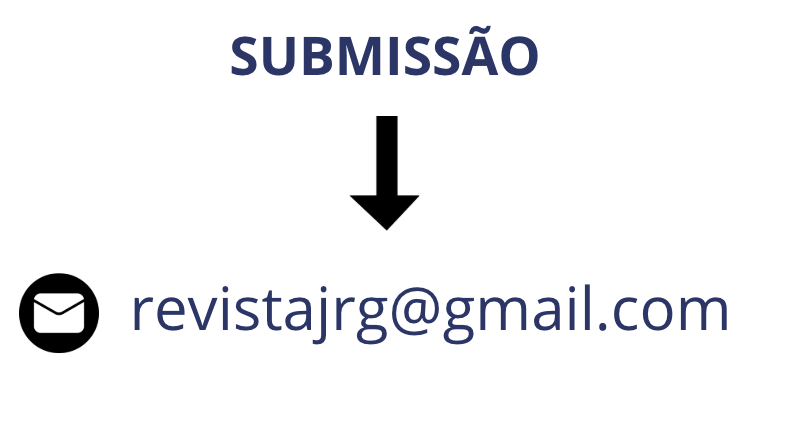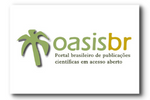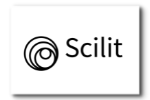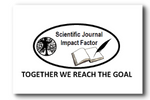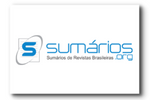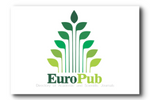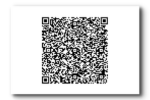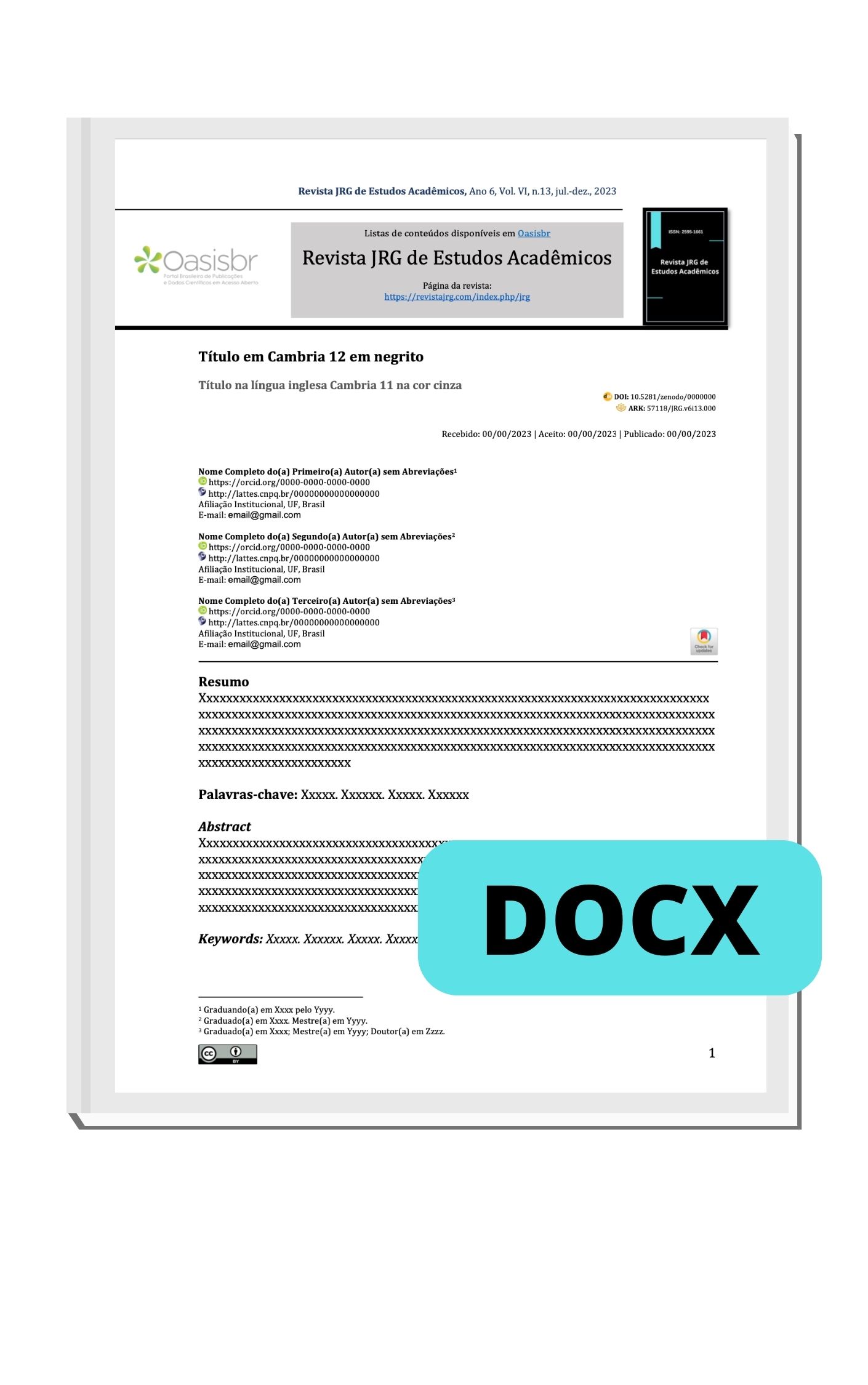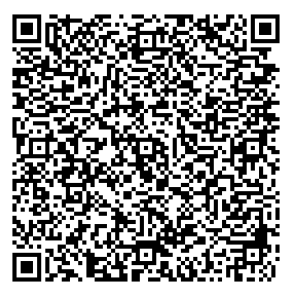Use of a didatic model in DNA education with accessibility for visually impaired individuals
DOI:
https://doi.org/10.55892/jrg.v7i14.938Keywords:
Biology teaching, DNA, InclusionAbstract
Over the years, there has been a need for the reinvention of Biology classes, prompting a rethinking of traditional teaching methods. In this context, teachers, as knowledge mediators, must make their Biology classes more dynamic and engaging, contributing to the maximum absorption of knowledge presented in the classroom. Additionally, professionals need to consider approaches that reach students with special needs, such as those with visual impairments. The use of didactic models facilitates a closer experience with the subject of study, and the inclusion of individuals with visual impairments in regular education contributes to breaking paradigms, recognizing that these students possess the same cognitive abilities and learning possibilities. Accordingly, efforts were made to produce a DNA structure with accessibility for individuals with visual impairments. 3D double strands of DNA were constructed, with each nitrogenous base represented in braille, allowing tactile engagement for visually impaired individuals to identify the present nitrogenous base. Furthermore, the double helix was identified using readily available materials, enabling them to feel the division of the nucleic acid into two parts with each touch. In this study, we developed playful strategies in the classroom, fostering an effective teaching and learning process in Biology.
Downloads
References
ALMEIDA, K. Entenda o que é a ELA, doença degenerativa que paralisou o cientista Stephen Hawking, 2018. Disponível em: < https://g1.globo.com/bemestar/noticia/entenda-o-que-e-a-ela-doenca-degenerativa-que-paralisou-o-cientista-stephen-hawking.ghtml >. Acesso em: 18 set. 2023.
ARAÚJO, J. G. et al. Ensino de Biologia para Alunos com Deficiências Visuais: Relato de Experiência e Contribuições na Formação Docente. Pesquisa em Foco, São Luís, v. 26, ed. 1, p. 1-21, 2021. DOI 2176-0136. Disponível em: http://ppg.revistas.uema.br/index.php/PESQUISA_EM_FOCO. Acesso em: 6 fev. 2024.
ARAÚJO, D. N.; FERREIRA, S. R. B.; FERREIRA, W. S. Aprendizagem significativa aplicada ao ensino de Física. In: Ana Paula Felipe Ferreira da Silva; Ilana Souto de Medeiros. (Org.). Aprendizagem Significativa em Práticas de Estágio. 1ed.Guarujá: Editora Científica Digital, 2022, v. 1, p. 69-78.
BRASIL. Ministério da Educação. Base Nacional Comum Curricular – Educação é a Base. Brasília, 2018. Disponível em: <http://basenacionalcomum.mec.gov.br/wpcontent/uploads/2018/12/BNCC_19d ez2018_site.pdf>. Acesso em: 9 Jan. 2024.
CERQUEIRA, J. B.; FERREIRA, E. M B. Recursos didáticos na educação especial. Revista Benjamin Constant. v. 5, p. 24-29, 2000.
GOLBERT, D. C. F.; FERREIRA, P. S. O.; ASSIS, I. I.; SOUZA, R. R. F. O MODELO DIDÁTICO DA MOLÉCULA DE DNA: construção e utilização no ensino da biologia. Ensino de Ciências e Educação Matemática 2,online, p. 1-9, 25 jan. 2019.
NICOLA, J. A.; PANIZ, C. M. A. importância da utilização de diferentes recursos didáticos no ensino de biologia. Infor, Inov. Form.,Rev. NEaD-Unesp, São Paulo, v. 2, n. 1, p.355-381, 2016.
PEREIRA, L. W. PHET simulation: aplicações e princípios. 2019. Trabalho de Conclusão de Curso. (Graduação em Física) - Universidade Estadual do Maranhão.
SCANHOLATO PRIMO, C.; BRUNETTO PERTILE, E. Ciências e biologia para alunos cegos: metodologias de ensino. Revista Insignare Scientia - RIS, v. 5, n. 1, p. 256-277, 16 mar. 2022.




